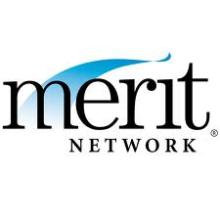In Georgia, Monroe Muni Network Created Jobs, Lowered Bills
As we monitored Georgia's HB 282, a bill to limit the capacity of local governments to invest in Internet networks that spur economic development, we learned of many existing networks that have helped communities to thrive.
Brian Thompson, Director of Electric and Telecommunications in Monroe took some time to tell us a little about their city network. Located in the north central section of Georgia, with a population of 13,000, the network now offers triple play services to residents and businesses. Its network started in the 1970s with a municipal cable tv network. Today, the network is a hybrid with fiber having been added as an expansion to its cable network.
Monroe's investment in its fiber began as a way to improve connections for education. The Walton County School District could not find a private provider willing to collaborate on an affordable network between school facilities. The city took on the challenge and built a point-to-point network which the School District paid for in 10 years. In the mean time, the city expanded its network in other areas. Now, the Walton County Schools have gig service between facilities and to the Internet. The District pays only $500 per month for a service that would cost five times more from a private provider.
Thompson also confirmed what we hear from other communities with publicly owned networks - prices for business and residential services are very competitive and service is superior. He notes that customers often express appreciation for local representatives, rather than dealing with a huge bureaucracy like those at Verizon or AT&T. New connections can be created in a matter of hours or days instead of weeks.


